The effect lasts only a few picoseconds but demonstrates a way to manipulate the optical properties of materials
The Stockholm papyrus, a manuscript acquired (don’t ask how) by the Swedish vice-consul in Alexandria in 1828, is one of the richest sources of knowledge about the alchemical arts in antiquity. Thought to have been written around 300AD, it contains recipes for making dyes and preparing gemstones, pearls and metals. The papyrus offers the first inkling that some alchemical transformations were about deception. One recipe, for example, tells how to ‘give objects of copper the appearance of gold’.
The trick involves coating the object with a preparation of powdered gold and lead – a kind of crude gold plating. The instructions assure the reader that the operation ‘is difficult to detect, because rubbing gives the mark of a gold object, and heat consumes the lead but not the gold.’
Throughout the long history of alchemy (surveyed in my illustrated book Alchemy published this September), there was a tension between attempts to genuinely transform base metals into gold and techniques for simply mimicking gold’s appearance – a tension complicated by the fact that the distinction between these two goals was not always clear even to practitioners.
Now there’s a new way to conduct alchemical deception, using light to manipulate the quantum states of matter itself. Gerard McCaul of Loughborough University in the UK, Denys Bondar of Tulane University in the US, and their colleagues outlined the principles five years ago,1 and they have now demonstrated the method experimentally in collaboration with Thomas Elsaesser and coworkers at the Max Born Institute for Nonlinear Optics in Germany.2
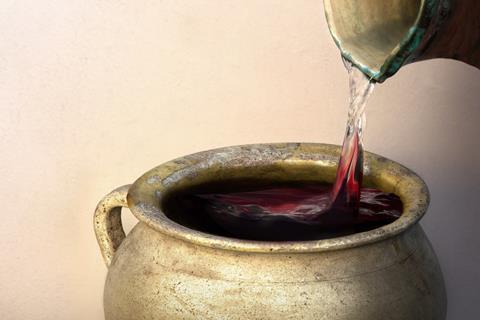
Suppose you could manipulate the optical properties of lead so that the light it reflects exactly mimics the reflectance spectrum of gold, with its sharp dip at wavelengths above 500nm that give the characteristic red-yellow sheen of the precious metal. This sort of thing, McCaul and colleagues explain, is possible using so-called quantum tracking control, where laser irradiation of a sample alters its quantum states such that the observable properties – the reflectance spectrum, say – are driven towards some pre-specified target. Then, the researchers say, ‘it is possible to create “driven imposters” where a given system’s response can be tailored to mimic that of an entirely different material.’ By reshaping electron clouds, you could make anything look like anything else.
Thus the technique can in principle make lead appear like gold. In practice it’s hard, not least because the control field must be able to manipulate the system’s response over a wide frequency range. That’s why it has taken the team five years to demonstrate the method in a real material system. They chose not to go for gold, but rather, to effect an equally culturally resonant transformation: turning water into wine.
Specifically, McCaul and colleagues have made water take on the appearance of alcohol – not ethanol, but isopropyl alchohol (IPA) – in the terahertz frequency range. Were you to judge the composition of the liquid from its THz spectrum, you’d imagine it was IPA. For good measure, the team also gave water the appearance of antifreeze: ethylene glycol.
Don’t cancel your wine subscription yet!
Denys Bondar
In this frequency region, the spectrum is dominated by collective, many-body quasiparticle excitations called polarons, which arise from the interactions of solvated electrons with collective vibrations (phonons) of the polar molecules. The goal was then to use the control field to sculpt the water polarons into states resembling those of IPA: to create what the researchers call ‘polar impostorons’.
The key is to tune the solvated electrons, which Bondar suggests regarding as ‘electrons wearing a coat made of surrounding liquid molecules’ – in fact, perhaps many thousands of such molecules – using femtosecond laser pulses. Simply by changing the concentration of solvated electrons, the frequency and lineshape of the polaron resonance at about 0.7 THz for water can be made very similar to those of IPA and ethylene glycol.
The spectra are ultimately dependent on the dielectric function of the liquids – how they respond to oscillating electric fields – which has both a real and imaginary part. At this stage the researchers can only control the real part of the function, so the mimicry is only partial and lasts for only a few picoseconds. Bondar advises that you ‘don’t cancel your wine subscription yet!’
All the same, the experiment offers a proof of principle for the feasibility of making quantum impostors. Why might you want to do that? Not really for any trickery. But imagine being able to write properties optically into a material – to switch it, say, into a conductive, transparent or a superconducting state.3,4 Elsaesser’s team has already shown that they can use polar impostorons to transform an ordinary liquid temporarily into an exotic phase called an ‘epsilon-near-zero’ material, in which the phase velocity of light approaches infinity.5 For this modern alchemy, the possibilities are limited only by our imagination.
References
1 G McCaul et al, Phys. Rev. Lett., 2020, 124, 183201 (DOI: 10.1103/PhysRevLett.124.183201)
2 G McCaul et al, Phys. Rev. A, 2025, 112, L011101 (DOI: 10.1103/qbqx-zcsx)
3 A Cavalleri, Contemp. Phys., 2017, 59, 31(DOI: 10.1080/00107514.2017.1406623)
4 O. Povitchan et al, arXiv, 2025, 2503.20426 ( DOI: 10.48550/arXiv.2503.20426)
5 M. Runge at al., Phys. Rev. Lett., 2025, 134, 056901 (DOI: 10.1103/PhysRevLett.134.056901)





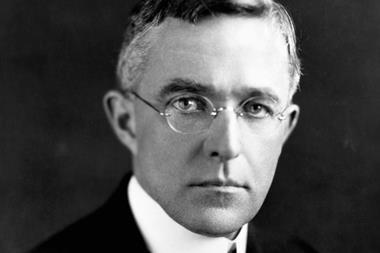
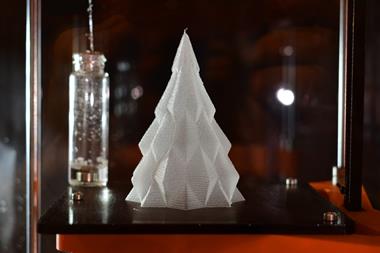
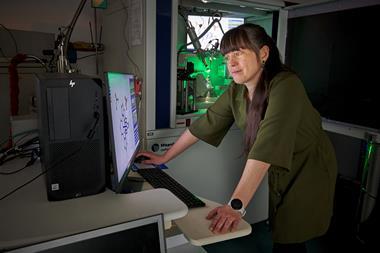
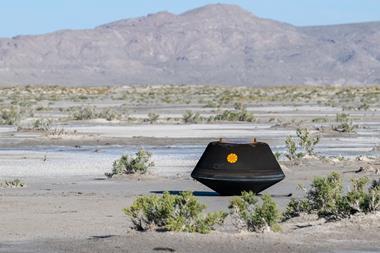



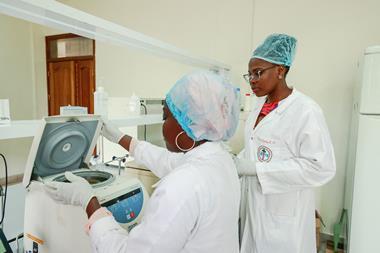


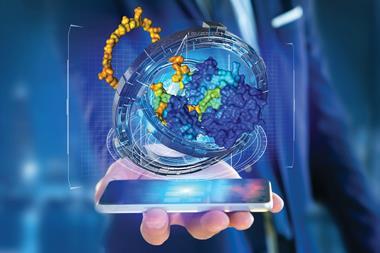
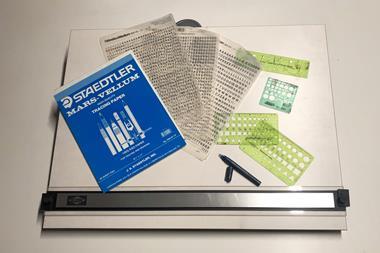
No comments yet